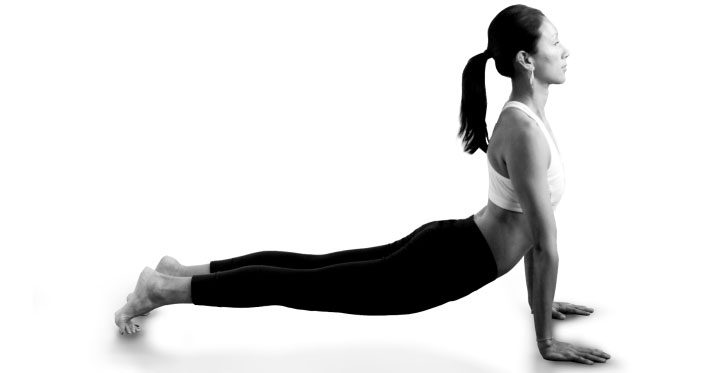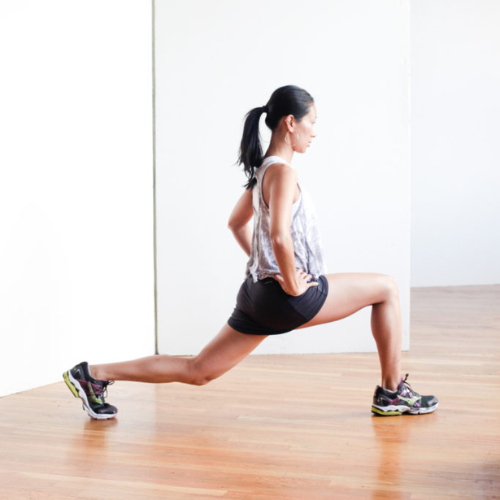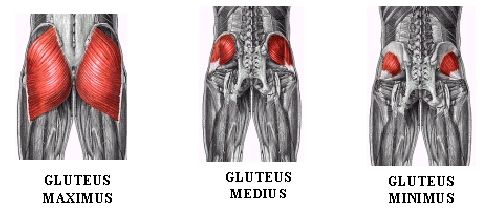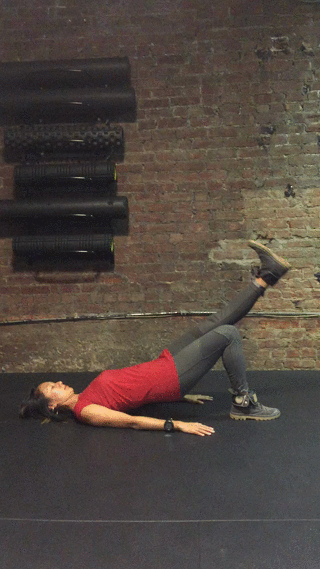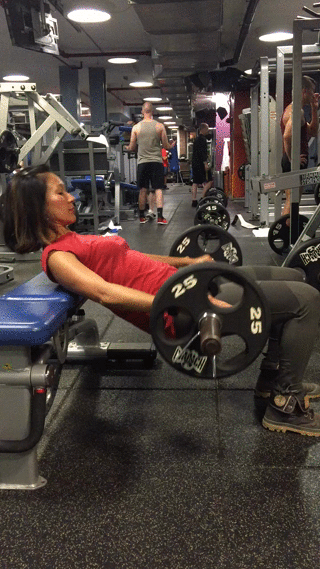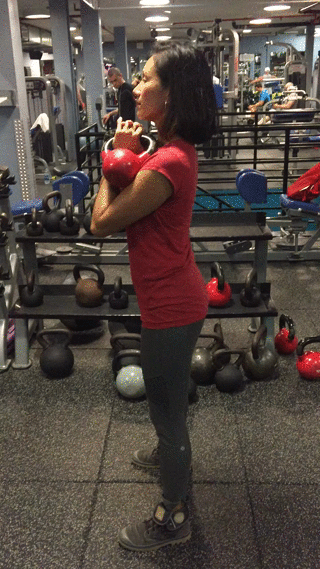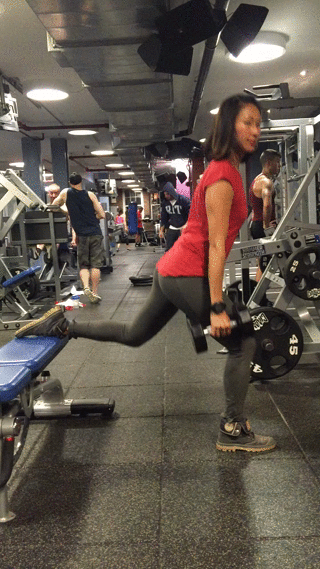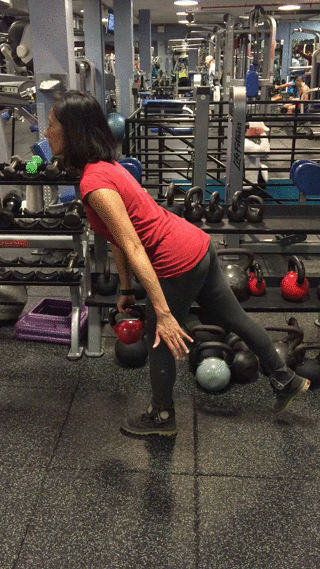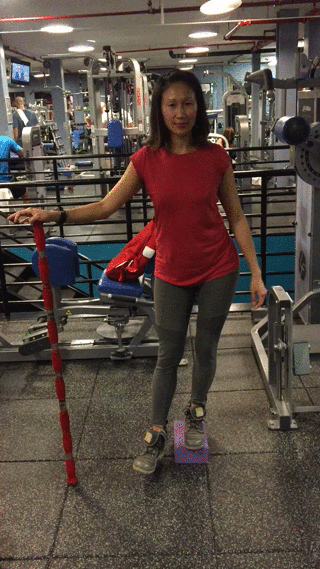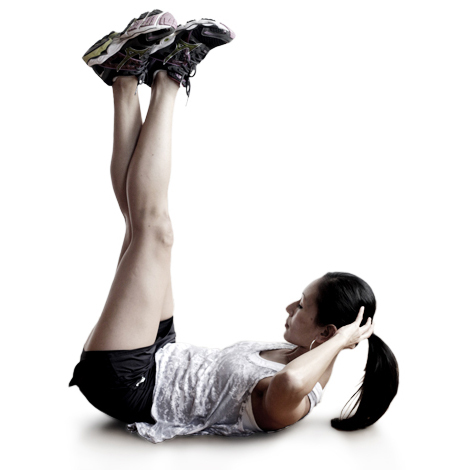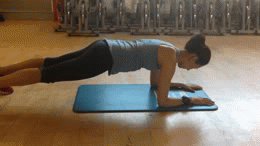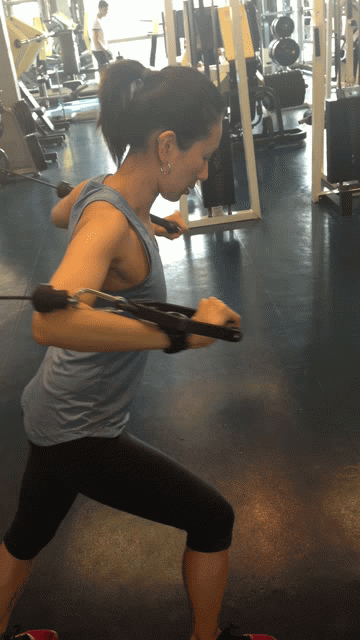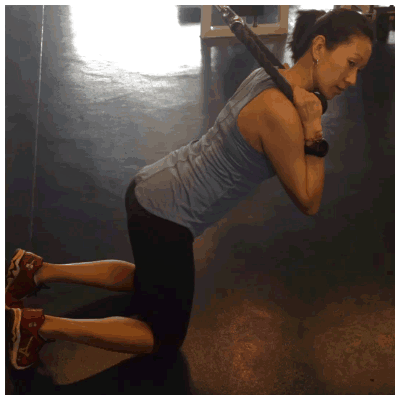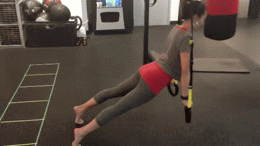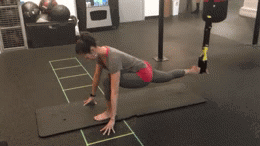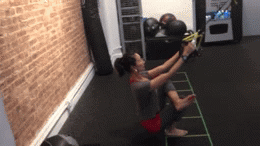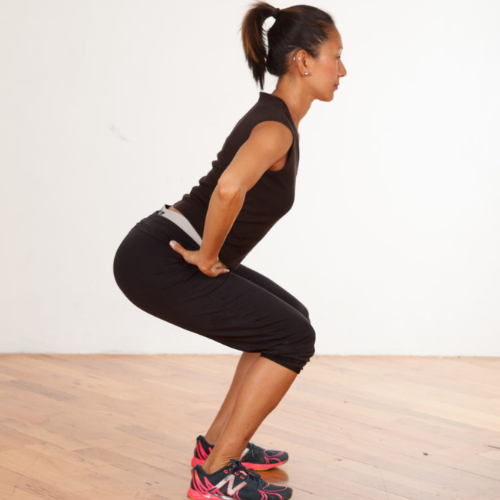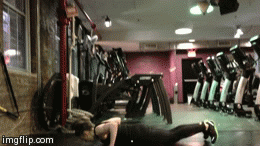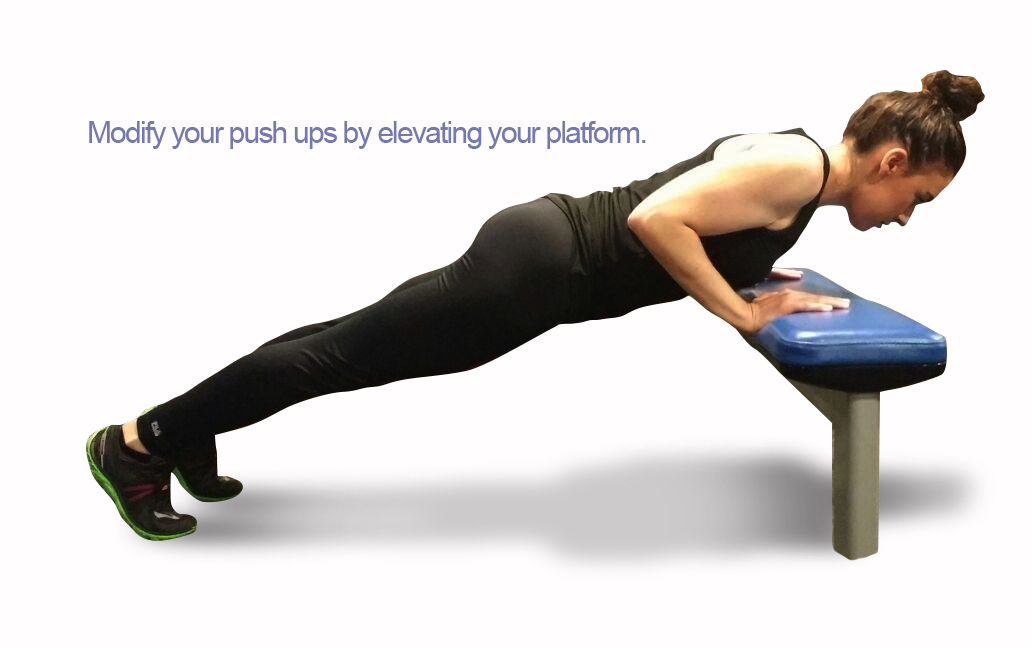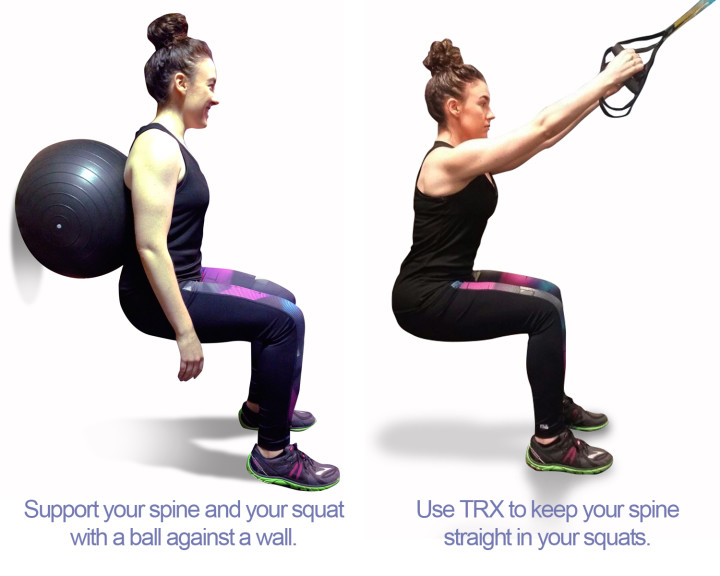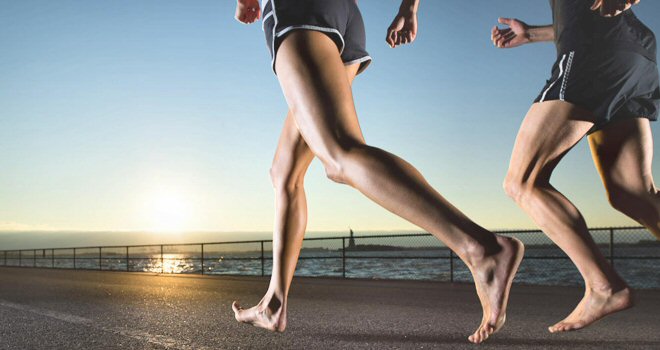At least once a day, I hear someone complain about pain in their lower back. Slipped or bulging discs, pinched nerves, back spasms, tightness, chronic pain…to name a few. With all the sitting, twisting, bending, and pounding we do on a daily basis, it’s hard to have a healthy and happy back. I can see how 3 out of 4 people have experienced some form of back pain, making it 90% of Americans with LBP (lower back pain).
The muscles of the back are very complex but yet divisible as each layer serves a specific purpose in movement.
- Superficial Layer: attaches and moves the upper extremities
- Trapezius
- Latissimus Dorsi
- Levator Scapulae
- Rhomboid Group
- Intermediate Layer: in charge of breathing and expansion as they are connected to the ribs
- Serratus Posterior Group
- Deep Layer: moves the trunk and supports the entire back
- Spinalis
- Multifidus
- Longissimus
- Iliocostalis
- Splenius group
Due to high stress in our lives and the hours of sitting, it’s inevitable that our backs will start to change shape and adapt to the environment that we expose it to. Poor posture, weakness, tightness, and compensations are the common sides effect of poor functioning in the back. The importance of keeping your back strong and posture in alignment will absolutely help with your quality of life along with performing basic everyday movements and activities, particularly in exercise and sport.
Some great back exercises are the more common ones you will see at the gym.
- Seated row
- One arm row
- Pull ups/ chin ups
- Lat pulldowns
These exercises are definitely a part of my routine. But the 3 back exercises below target so much more than just the superficial layer of the back. They tap into all the layers and give your legs and core a workout and stretch, too.
#1 DEADLIFTS: Not only the quintessential weightlifting exercise but also an exercise that mimics a real life lift. Picking up your baby, a heavy box, luggage, a table, all should be in the form of a deadlift.
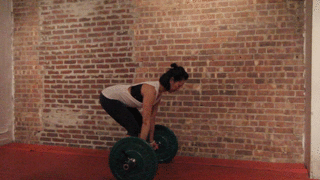
Important Form to Keep:
– Feet are set up hip width apart
– Slight natural arch in the lower back
– Chest up to avoid lower back rounding
– Hips go back first and then knees bend
#2 BENT OVER BARBELL ROWS: a full body compound exercise that works the upper and lower back, abs, hips, and arms. This exercise isolates these muscles to build a stronger and more muscular back.
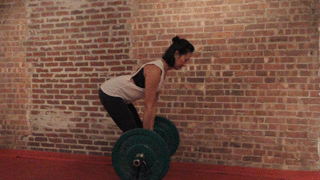
Important Form to Keep:
– Keep knees slightly bent
– Natural arch in the lower back
– Keep head neutral in line with your spine
– Keep your torso parallel to the floor. If need to, come up a few inches when pulling the back to the chest.
– Avoid thrusting hips forward when pulling heavier weight.
#3 SLIDING COBRA (BACK EXTENSIONS): a Pilates twist to the typical back extensions you see on the Roman Chair/Hyperextension bench. Use glides or small towels under each hand for easy sliding. Looks pretty easy and graceful until your third or fourth rep. 🙂 Works the upper and lower back plus the glutes, abs, obliques, hamstring, triceps while stretching and opening the chest. Sweet!
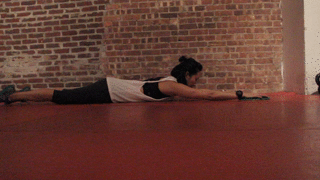
Important Form to Keep:
– Relax your shoulders and trapezius so there’s lots of space between your ears and shoulders
– Press your hips into the floor to initiate the lift
– Avoid squeezing glutes
– Squeeze shoulder blades together to keep chest open
– Keep head neutral in line with spine
Our back muscles are layered and multi-functional and most of them attach to our spine. Which is why they control so much of how we stand and why we experience LBP. We use these muscles daily and often demand more from them than they can handle. So build a strong back so the spine is in its proper and optimal position. This will also enable your body to move in a full range of motion through a strong foundation so restrictions won’t prevent you from doing a certain exercise, lifting a heavy object, or just moving throughout your day. So if you don’t already incorporate these back exercises into your routine, now is the time!
Strong Backs = Better Postures! Get to it! 🙂
